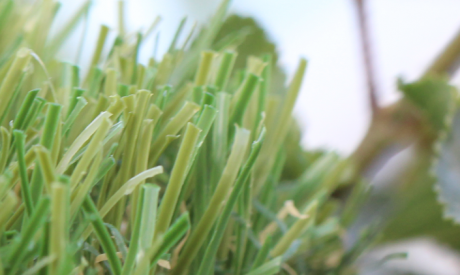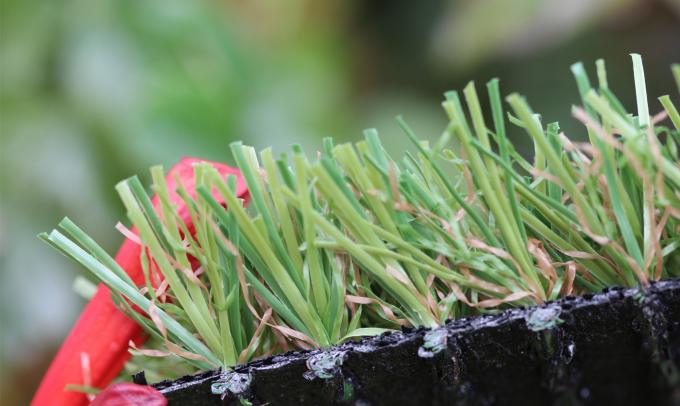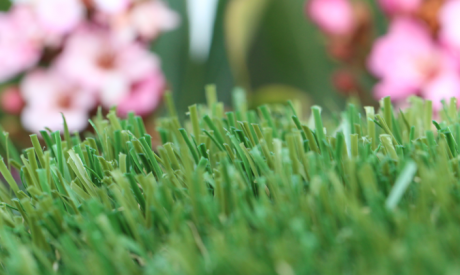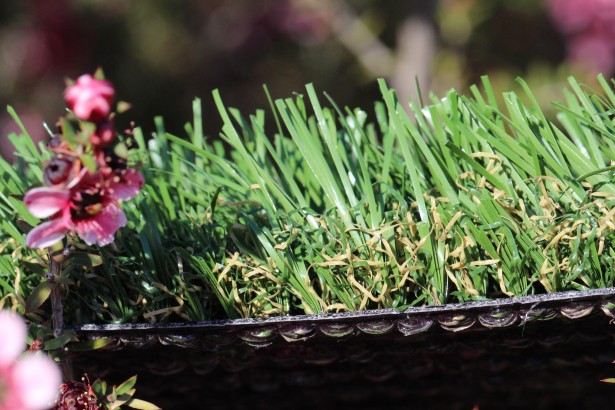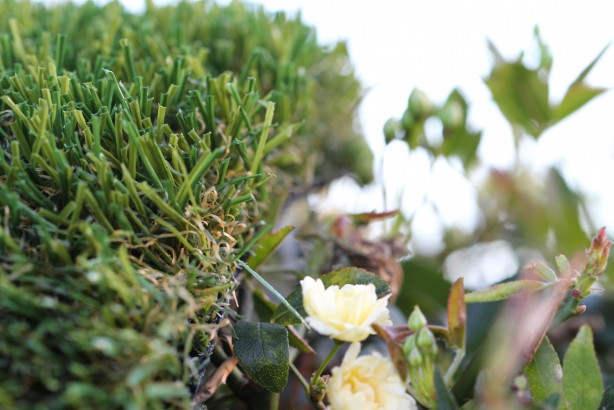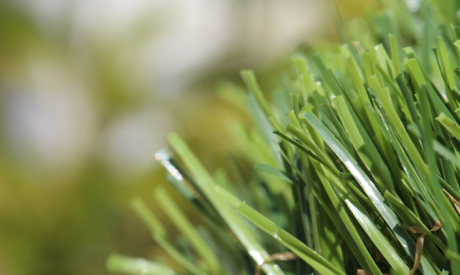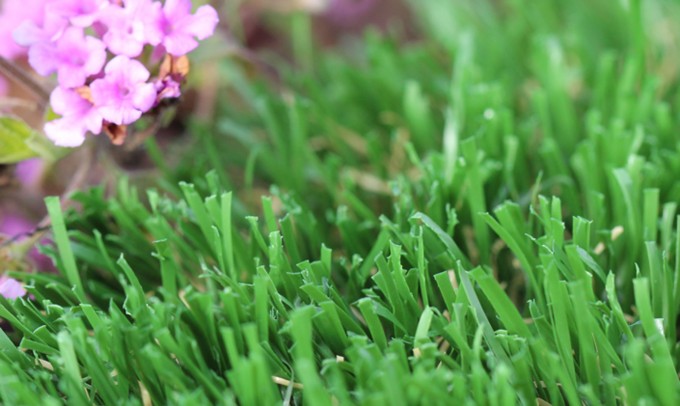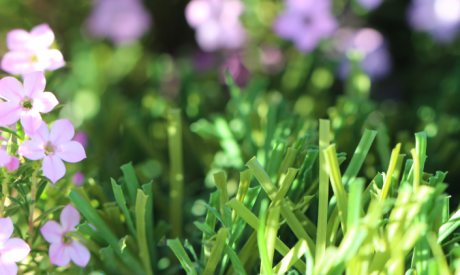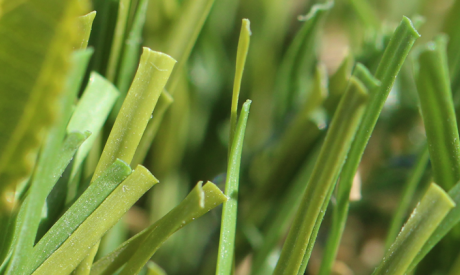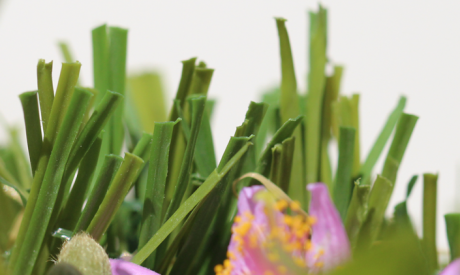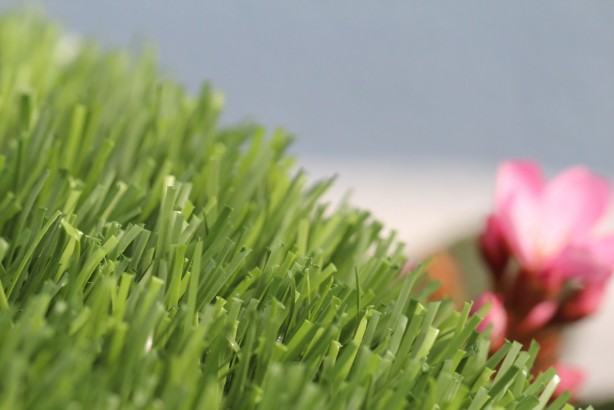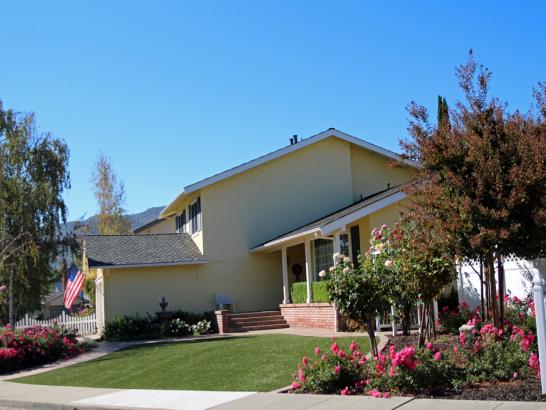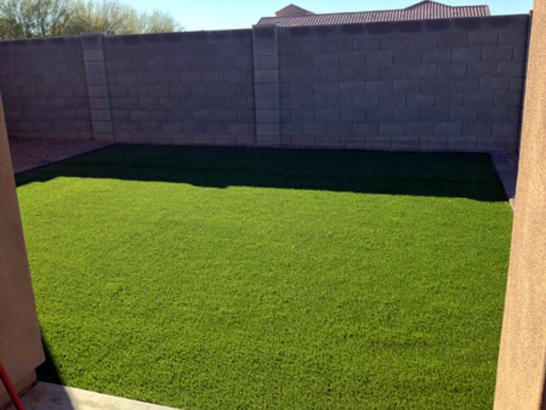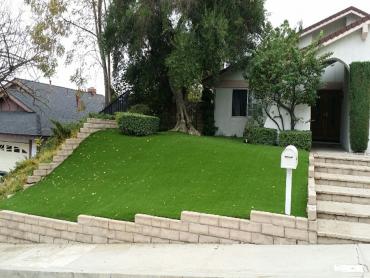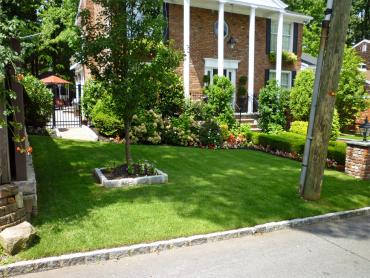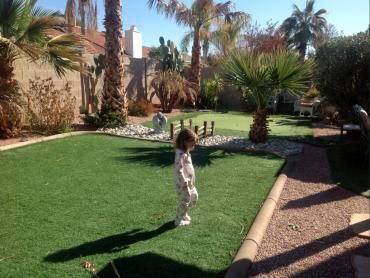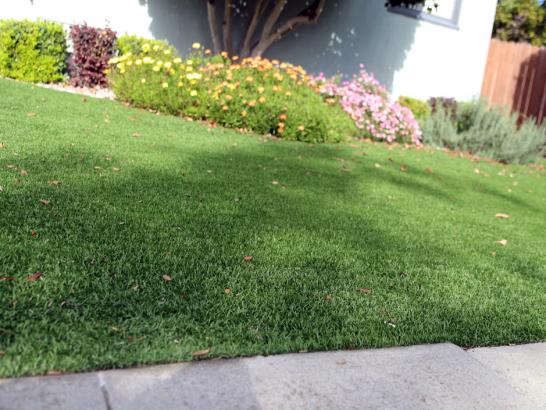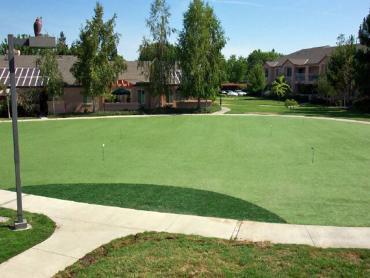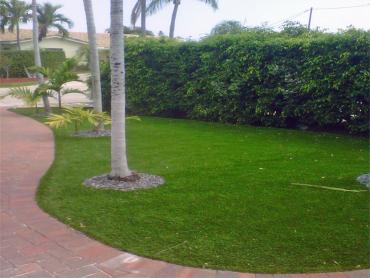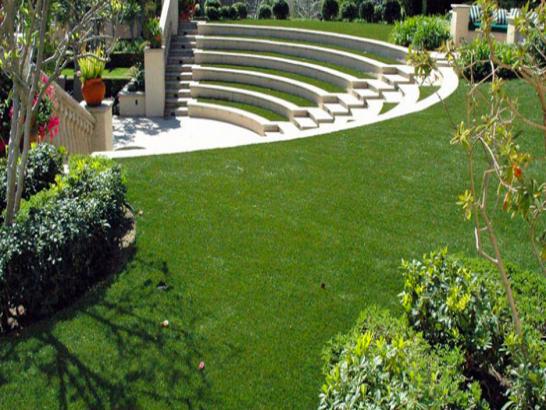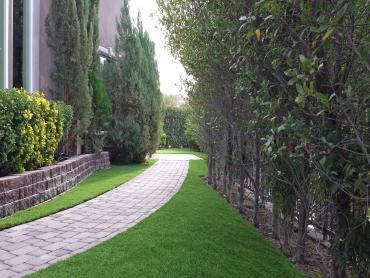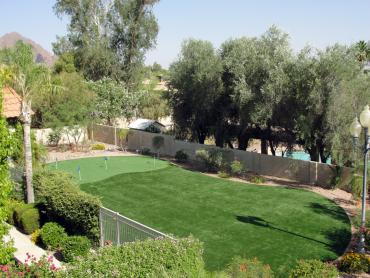The first day of school for New York sports players will be
an adventure because of their newly installed artificial grass sports fields. This year's New York high will have less of players injuries and
more of winning games. Nevertheless, many of parents and directors question if
synthetic turf was a right solution to go by and how does it impact health and
environment.
Many are questioning the benefits of having a synthetic turf
in New York City. Couple of years back, the New York City Park's players noticed
the deterioration of the field. "It's been like this for five years,"
a player points out the problem and the open seams, torn patches and wavy folds
in the artificial turf at their park. Referees for public school league games
already boycott two artificial-turf fields' games, citing fears of liability.
The New York is noticing these problems and working on the artificial field
upgrade. However, the reasons behind city's replacement plan to artificial
grass are obesity, maintenance and water, which automatically will elevate cost
savings on field sustainability. Artificial turf is part of a plan of New York
City blueprint for environmentally friendly futures, and to inform their
residents is the key to successful installation of artificial grass in the
parks.
New York City Parks Department (NYC Department of Health and
Mental Hygiene) uses different kind of synthetic turf depending where it will
be used. Most of the synthetic turf fields that they put contain crumb rubber
infill along with padding and drainage systems. Other synthetic fields are made
of carpet-style materials. According to the New York City, currently, about 136 of the Parks Department's 800 athletic
fields are composed of synthetic turf material with 99 crumb rubber infill, 19
alternative material infill, and 16 carpet-styles. There are also 19 small play
areas with 15 crumb rubber infill and 4 carpet-style, which are often located
within playgrounds, that are made of synthetic turf surfaces. The potential for
significant exposure to the chemicals in crumb rubber is very low. Like asphalt,
the crumb rubber in synthetic turf fields absorbs heat from the sun and gets
hotter than dirt or natural grass. On hot days, some synthetic turf fields may
be too hot to play on. To protect yourself from the heat, consume plenty of
water, wear light and loose fitting clothes, always wear shoes, and take breaks
often. A synthetic turf field does not cause bacterial infections. Majority of
bacterial infections are caused due to physical contact and sharing
contaminated towels, sports equipment and sports drinks bottles. New York
coaches at schools and everywhere in states should be aware of the potential
bacterial transmission and infection among athletes. The NYC Department is
currently working on using carpet-style and alternative infill material on all
new fields, replacing NYC parks with new synthetic turf field and placing
strict protocols to select the best synthetic turf.
Confident of what New York City is doing for its community, Notre
Dame High are renovated their Brewer Memorial Stadium with artificial turf
instead of grass, installed a new track, new bleachers and a new press box,
that represents another win for the program. "It was a lot of work, but
it's simply beautiful," said high school coach, entering his 33rd season
as Crusaders. " One of the nicest facilities I've seen around and
certainly in Section 4." After the last finishing touches around the new
artificial grass field, the players where satisfied with the comfort and the natural
look of the synthetic grass.
To see installation images go to our synthetic turf gallery. ...
START FREE ESTIMATE
Fill out the form below to request free samples of grass, get a free estimate and more!
CALL US TODAY (800) 478-0151
Water Rebates Southern California
